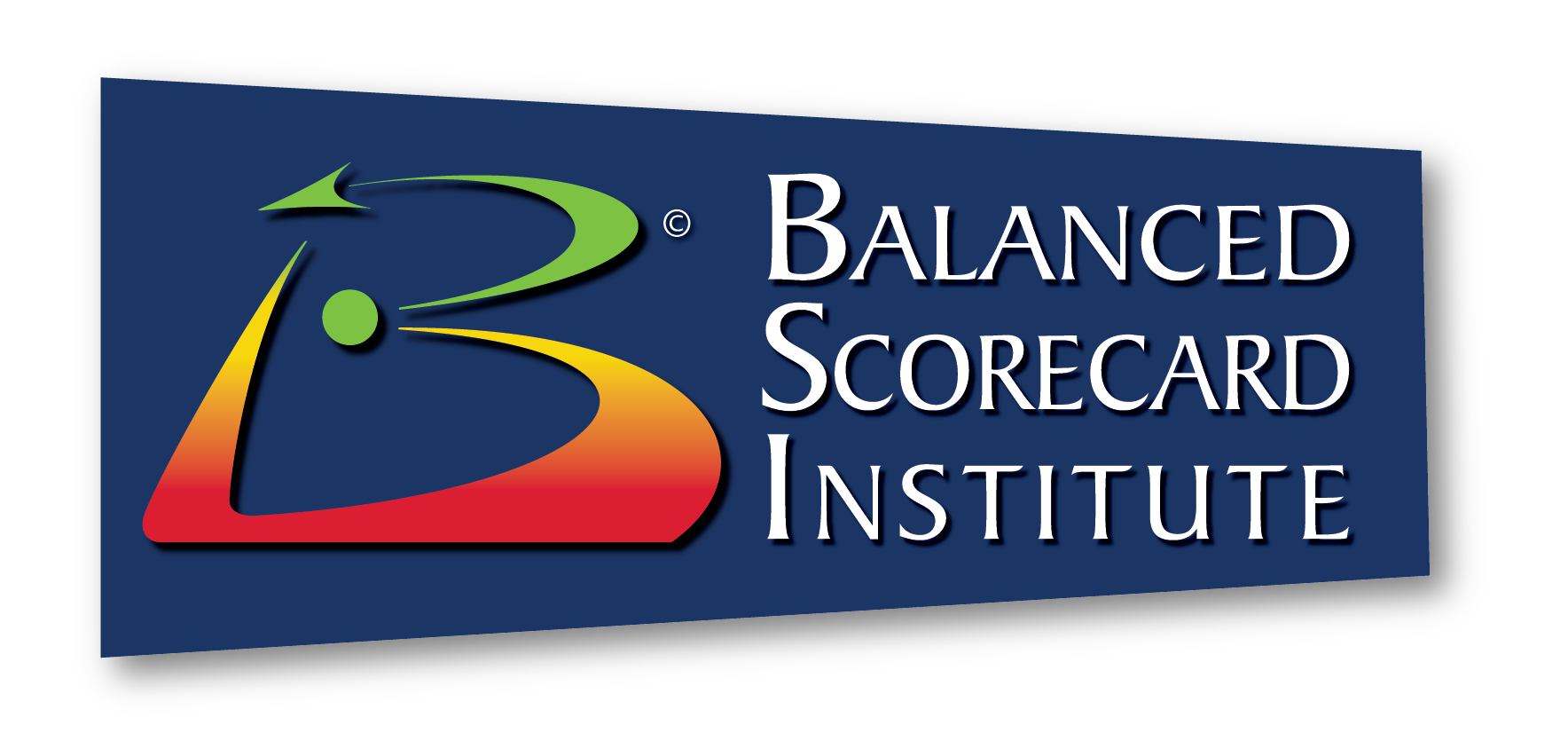Most strategy failures don’t necessarily come from bad ideas or poor planning, they are the result of breakdowns in strategy execution. We’ve seen it time and time again across multiple industries: companies invest time and money building great strategies, only to watch them collapse because of poor follow-through.
In this blog, I am sharing seven common pitfalls observed over the years, what I am calling “The Seven Deadly Sins…” (I might have borrowed the idea for the title from a book), that sabotage and disable strategy execution. If leading strategy is your responsibility, these are the red flags you might want to look for (and eliminate).
 Sin #1: Misalignment Between Strategy and Operations
Sin #1: Misalignment Between Strategy and Operations
Failure to operationalize your strategy is a monumental disconnect. The strategy says one thing, but the day-to-day says another and may even contradict. Teams may be focused, but not necessarily on what matters most.
Fix: Be sure strategic and operational objectives at the operations level are tied into the organization’s strategy. This is done through an alignment process immediately after the organization has formulated its strategy. Use visual tools like strategy maps or scorecards to keep everyone focused.
Sin #2: Vague Goals that Can’t Be Measured
“Be more innovative. Improve customer experience.” These sound great and are often seen on strategy maps, but without understanding what they mean and specific outcomes or intended results, they are just buzz words giving the illusion the organization is really on to something big. Measures should be focused on these and if you don’t know what you are trying to accomplish, you can’t measure it.
Fix: Define the success you are looking for. Never be content. Always focus on continual improvement, not as a sign that good work is not being done, but that you are constantly striving to raise the bar and expectations. Ensure your measures are developed based on what you are trying to achieve.
Sin #3: Ignoring Culture and Accountability
Often, execution doesn’t fail because people don’t understand the strategy. Chances are if you have done a good job communicating it, they get it. The problem arises in the accountability arena. Just because they might understand it doesn’t mean they feel they are accountable for it. They may not have made the connection of how on what they do on a daily basis impacts the organization’s strategy.
Fix: Build a culture where accountability for execution is non-negotiable. It’s not enough for people to understand the strategy they must own their part in making it happen. That starts with clearly connecting individual roles to strategic outcomes and consistently tracking performance. Recognize results, not just effort. Edison and his team tested thousands of filament materials before creating a working light bulb but effort alone didn’t change the world. It was the combination of relentless focus, measurable outcomes, and a commitment to deliver that turned the light bulb from an idea into a commercial success and eventually, a global company. Holding people accountable may mean having difficult conversations, but avoiding them only delays progress.
Sin #4: Leaders Who Disengage After the Lauch
Too many of today’s leaders roll out the strategy, never to be seen again. If the leader doesn’t feel the strategy is worthwhile and something they should be focused on, neither will anyone else. Without visible and active leadership, priorities fade fast.
Fix: Leaders must stayed involved. Champion the strategy in meetings, check-ins, and resource decisions. People watch where leaders spend their time, it signals to the organization what really matters and if strategy doesn’t…it won’t.
Sin #5: No Real-Time Feedback Loop
If you only review your strategic progress once a year, you are already behind. Strategy Execution demands attention to detail on a regular basis. Execution needs a regular cadence. You can’t make mid-course corrections and changes if you are unaware they are needed.
Fix: Set a monthly cadence (at a minimum) to review results, identify shortfalls and issues, adjust plans and keep strategy front and center in the organization. Invite those operational heads to these meetings to ensure they are also keeping their operational strategy in-line with the organization’s strategy and reporting on a regular basis as well.
Sin #6: Mismatched Resources
Big goals without the people, funding, or systems to support them are dead on arrival. You have to have the organizational capacity to support your ideas…otherwise you spend a lot of time talking about what you want to accomplish, but are merely spinning your tires in the mud and frustrating everyone who realizes the capability and capacity are not present.
Fix: Align budgets, headcount, and timelines with strategic priorities. Don’t be afraid to stop legacy work that no longer is beneficial to the strategy. Finally, invest in a growth strategy for your organization.
Sin #7: No Plan for Managing Change and Disruption
Strategy is synonymous with Change and not just from an internal perspective. A great number of organizations overlook how fast the external landscape is evolving. Disruptive technologies like AI and automation aren’t just trends; they are fundamentally reshaping how work gets done and value is being created.
Fix: Change Management is not an optional concept it’s foundational and required. Communicate the “why,” equip your team with the tools and knowledge for what is coming and stay ahead of industry shifts in your sector. Strategy execution but be sufficiently agile to evolve with the new tools, new exceptions, and new realities.
Great strategies don’t fail on paper they fail in execution. If you’re not actively managing these seven areas, you’re leaving success to chance.
Now is the time to take a hard look at your execution practices. Build the discipline, create alignment, embrace change, and hold people accountable. Don’t just plan the strategy. Lead it, track it, and drive it until results become reality.
Get started here: https://strategymanage.com/solutions/strategic-planning-solution/
Sign up for our newsletter to get the latest information from us.
Terry is Balanced Scorecard Institute's Director of Training and Senior Associate with over 30 years of experience working in both the private and public sectors.


